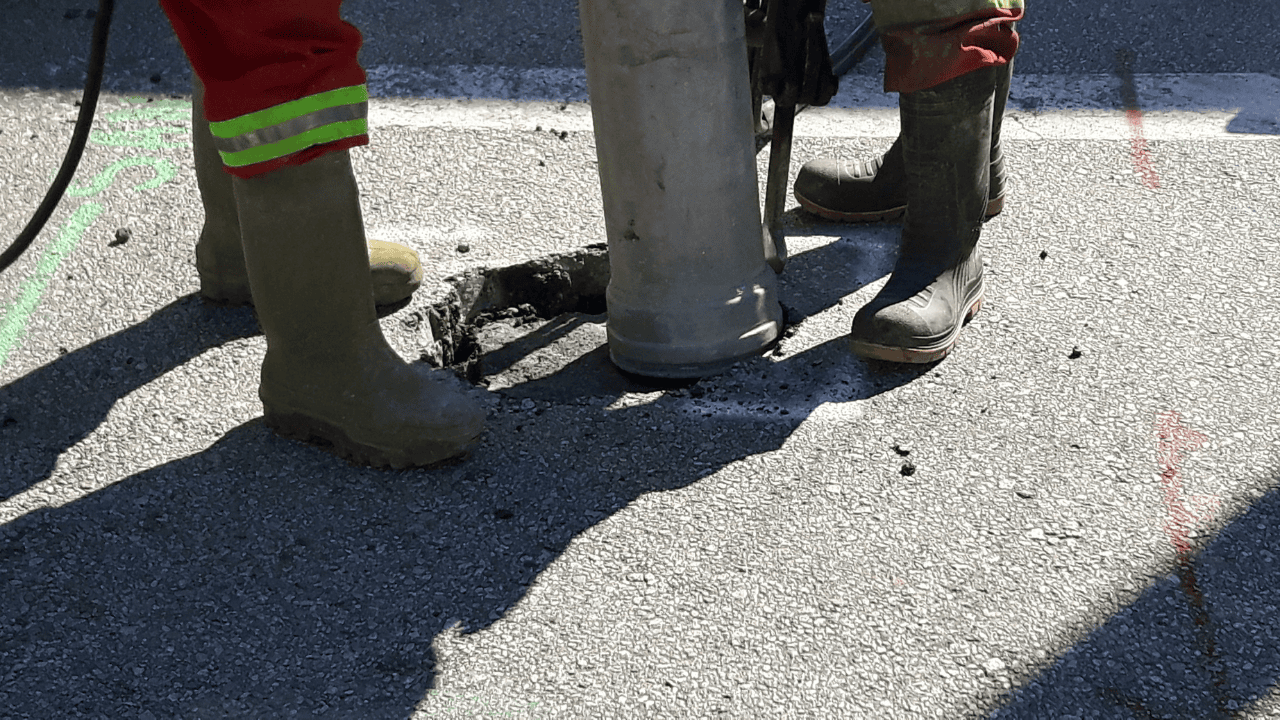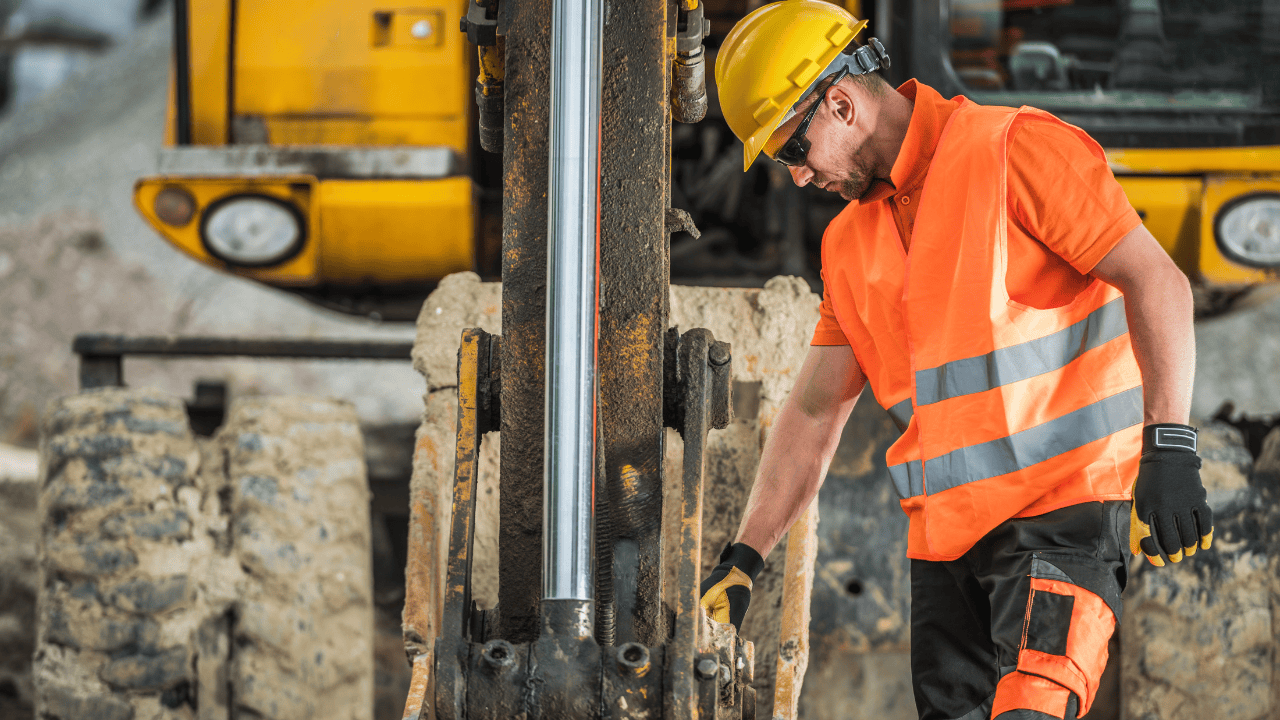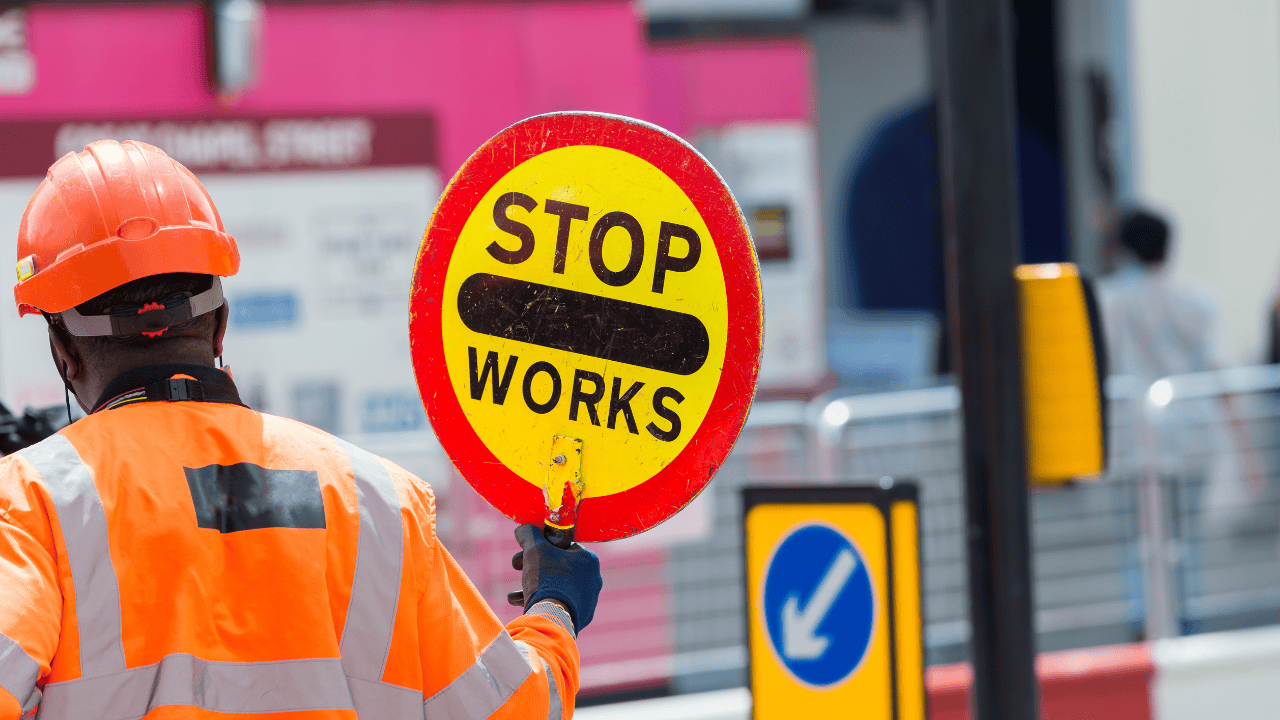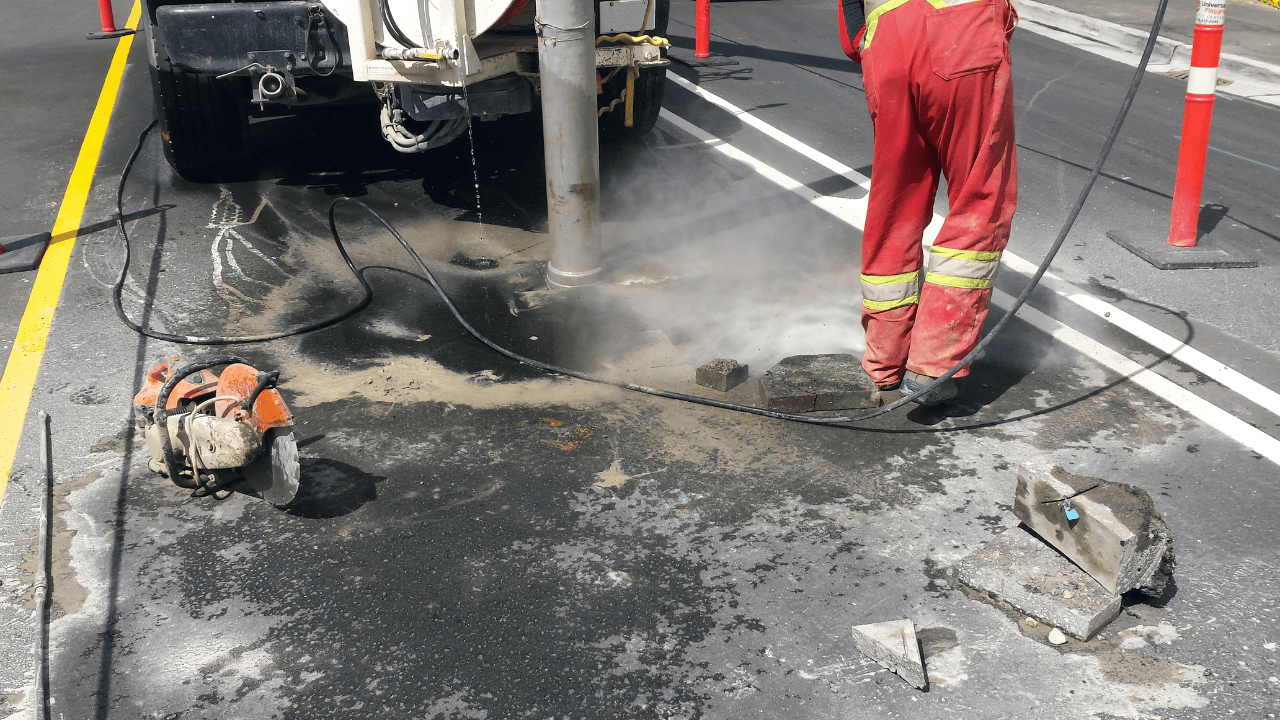Key Takeaways
- This method uses a vacuum truck. It has a high-pressure water jet and strong suction. It can dig safely and efficiently. It’s ideal for precise digging and minimizing the risk of damage.
- Vacuum excavation is best for utility potholing. It reduces the risk of damaging underground utilities. The controlled process enhances safety and accuracy in utility locating.
- It’s commonly used for exposing utility lines, inspecting and repairing pipelines, trenching for new utilities, and site preparation for construction projects.
- Vacuum excavation is faster, less disruptive, and safer compared to traditional digging methods. It’s particularly useful for working in sensitive or challenging conditions.
- The use of vacuum excavators, high-pressure water, and techniques like slot trenching and air excavation allow for effective handling of various soil conditions, including frozen and dry soils.
- Despite common misconceptions, vacuum excavation can be cost-effective. It has a lower risk of damage and fewer repairs. This makes it a good investment for both large and small projects.
- Vacuum excavation is crucial for accurate underground utility locating in California, providing a reliable method to manage complex utility networks and construction needs.
- Professional utility locators and vacuum excavation experts ensure precise and safe digging, making them essential for successful excavation projects.
Vacuum excavation is a low-profile technique. But it makes a big difference behind the scenes. For precise holes, use vacuum excavation. It’s safe for utilities.
Let’s understand what it is, how it works, and why it’s such a game changer in the world of digging and utility locating.
What is Vacuum Excavation?
Vacuum excavation is a digging method. It uses a powerful vacuum to remove soil and debris. It’s simple: a vacuum truck sucks up the dirt. High-pressure water loosens it. This approach is great for sensitive areas, like underground utilities. Traditional methods could damage them.
Why Use Vacuum Excavation?
So, why should you consider vacuum excavation over other methods?
- Safety First: One of the biggest advantages is safety. Vacuum excavation is less likely to damage existing utilities because it’s more controlled. This means fewer accidents and less chance of hitting something you shouldn’t.
- Precision and Accuracy: If you need to find and expose specific utilities, this method is spot on. It’s perfect for utility potholing. You need to locate and expose utilities without disturbing the area.
- Less Mess: Traditional excavation can leave a mess. But, vacuum excavation is cleaner. The vacuum system sucks dirt and debris into tanks. It leaves less cleanup work.
- Reduced Environmental Impact: Vacuum excavation is less invasive. So, it’s better for the environment. It minimizes soil disturbance, which is great if you’re working in sensitive areas.
Specific Applications of Vacuum Excavation
Vacuum excavation isn’t just a fancy tool. It has real uses that make it a go-to for various tasks.
- Utility Potholing: When you need to expose underground utilities, vacuum excavation is ideal. It helps find the exact locations of utility lines and cables without damaging them. This is crucial for accurate utility locating and ensuring safe digging practices.
- For pipeline inspection or repair, use vacuum excavation. It exposes the area with minimal disruption. It’s a cleaner and safer way to get to the problem.
- Trenching for New Utilities: When installing new utilities, vacuum excavation allows for precise and safe trenching. You can dig narrow trenches with confidence. You’re less likely to damage existing infrastructure.
- Site Preparation: Before starting any construction projects, vacuum excavation can be used to prepare the site by removing topsoil and exposing utilities.
Advantages Over Traditional Digging Methods
Traditional digging methods, like using backhoes or shovels, have drawbacks. They have their place, but they aren’t perfect. Here’s how vacuum excavation stacks up:
- Faster and More Efficient: Vacuum excavation can be quicker than old methods, especially in complex sites. The combination of water and suction speeds up the excavation process.
- Less Disruption: Traditional digging may cause more damage than intended. Vacuum excavation is gentler on the surroundings. It reduces the risk of damage and the need for repairs.
- Improved Safety: Traditional methods can be risky if you’re unsure of what’s underground. Vacuum excavation is safer. It minimizes the risk of hitting unseen utilities.
How Vacuum Excavation Works
The process involves a vacuum truck equipped with a powerful vacuum system. A high-pressure water jet is used to loosen the soil, which is then sucked up into the vacuum excavator. The vacuum truck has a holding tank where the debris is collected. This setup is effective even in challenging conditions like frozen soils or dry soil.
Slot trenching and air excavation are vacuum excavation techniques. They create narrow trenches or expose areas without much digging. These methods are great for installing fiber optics and other delicate utilities.
Common Misconceptions About Vacuum Excavation
Some myths about vacuum excavation might make you hesitant. Let’s clear them up:
- It’s Too Expensive: Some think vacuum excavation is costly. But its safety and efficiency often make it cheaper in the long run. Fewer accidents and less damage can save you money.
- It’s Only for Big Projects: Vacuum excavation is for big projects, but it’s also good for small jobs. Whether you’re a homeowner or a contractor, this method can be adapted to fit your needs.
- It’s Not Always Accurate: With the right tools and skills, vacuum excavation is very accurate. It’s a trusted method for finding and exposing utilities without causing harm.
Utility Locating in California: How Vacuum Excavation Fits In
In California, utility locating is crucial due to many underground utilities. So, vacuum excavation plays a vital role. Utility locating services often use this method for its effectiveness and low risk.
Vacuum excavation ensures smooth work with both old and new sites.
Utility Locators and Their Role
Utility locators are pros. They use tools to find underground utilities. They might use radar, electromagnetic tools, or even old-school methods. However, vacuum excavation complements their work. It reveals what’s below the surface. It’s an essential part of the puzzle for accurate and safe utility locating.
Why Choose Vacuum Excavation?
Let Util-Locate Handle Your Next Project!
Vacuum excavation is a powerful tool for digging with precision and safety. Its ability to safely expose underground utilities, minimize mess, and reduce environmental impact makes it a preferred choice in many situations. Whether you’re dealing with utility potholing or preparing a site, this method offers a range of benefits that can make your job easier and more efficient.
For reliable utility locating, contact Util-Locate. We locate underground utilities in California. Our expertise in vacuum excavation technology ensures that your project runs smoothly and safely. Contact us today to learn more about how we can assist with your next excavation project!




